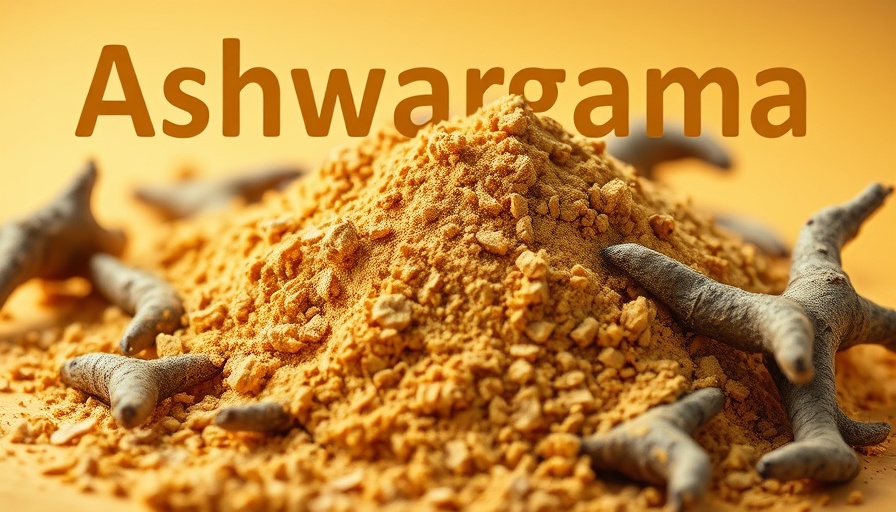
Enhancing Senior Pet Quality of Life with Ashwagandha
Aging gracefully is not just a goal for us humans; it also applies to our beloved four-legged companions. As our furry friends transition into their senior years, they often face unique health challenges, from decreased energy and cognitive decline to increased susceptibility to stress and illness. Fortunately, the ancient wisdom of Ayurvedic medicine offers a natural solution: ashwagandha.
What is Ashwagandha and How Does it Help?
Ashwagandha (Withania somnifera), often referred to as Indian ginseng, is a small woody shrub hailed for its adaptogenic properties. These properties mean ashwagandha assists the body in managing stressors, both physical and emotional. In contemporary pet wellness, this herb is gaining traction as research highlights its benefits for aging pets.
Scientific Backing for Natural Remedies
The benefits of ashwagandha for senior pets have been reinforced by modern veterinary research. Studies show that ashwagandha can significantly help animals manage stress, promote cognitive function, and combat inflammation. These findings underscore the potential of integrating herbal remedies into pet health strategies, especially for beloved companions that are experiencing the natural declines of age.
Stress Relief and Cognitive Support
One of the standout advantages of ashwagandha is its ability to regulate cortisol levels. High cortisol, often linked to stress, can exacerbate anxiety and behavioral issues in pets. Instead of relying on sedatives or pharmaceuticals with potential side effects, ashwagandha provides a natural alternative, easing anxiety while keeping pets alert and engaged.
Physical Benefits: Resilience and Recovery
As our pets age, their bodies undergo significant changes, including joint stiffness, reduced mobility, and weakened immunity. Ashwagandha not only helps reduce inflammation and support kidney and liver health but also assists in improving digestive processes. Enhancing the microbiome balance through beneficial metabolites can lead pets to enjoy better overall vitality and comfort.
A Holistic Approach to Pet Wellness
Integrating ashwagandha into your senior pet's care regimen is part of a broader commitment to holistic health. Alongside proper nutrition and regular exercise, this herb can play a critical role in enhancing your pet's quality of life. By taking these proactive steps, pet parents can help their furry friends enjoy their golden years with grace and vigor.
Is Ashwagandha Right for Your Pet?
As with any health supplement, it’s essential to consult with your veterinarian before introducing ashwagandha to your pet's diet. They can provide tailored advice based on your pet's unique health profile, ensuring the herb is a safe addition to their wellness plan.
Your Next Steps for Pet Health
With the myriad of benefits that ashwagandha offers, there’s no better time than now to consider adding it to your senior pet’s health routine. By doing so, you’re not just enhancing their physical health; you’re also enriching their emotional well-being. Take the time to learn more about how this ancient herb can help your pet thrive.
 Add Row
Add Row  Add
Add 




Write A Comment